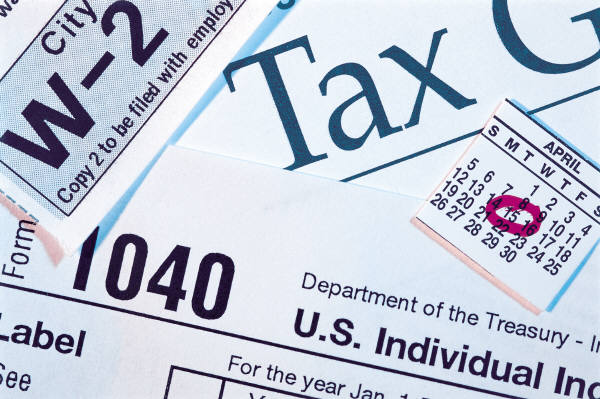How to Do Your Quarterlies

Doing your quarterlies is very important, especially if you are a self employed person. This is because if you are self employed then you and you alone are responsible for filling and paying your quarterly taxes. If the area where you live happens to have an income tax, then chances are that you will have to make your payments by the 15th of April, June, September and January, every year. However, you must first get your hands on a 1040-ES form in order to do any of these things and to proceed with your quarterlies.
Instructions
-
1
The first thing that you want to do, is to call the IRS and ask them to send you a 1040-ES form. If they can’t send you one, then you should be able to download one off of their website. Now go ahead and enter your expected adjusted gross income for the coming year in the first line. You may get a hold of the existing years tax return to help you with some of the steps.
-
2
Now enter the estimated amount that you might get as deductions in the second line. Now go ahead and subtract the second lines figures from the first lines, and then multiply that number of your exemptions with #3400. Now subtract the fourth line from the third line.
-
3
Now find the amount entered in the fifth line, use the tax rate schedules table, which is given to you. Enter your tax on the sixth line. Enter your totals from the sixth and the seventh line into line eight.
-
4
Enter any other credits that you might have in the ninth line. Now subtract the ninth line from the eighth line and enter this figure in the tenth line.
-
5
You will now have to calculate your self-employment tax in line 11 and any other taxes that you think you might owe in the twelfth line. Use lines 13a and 13b to figure your estimated tax. Now take this figure from line 13c and multiply it by 90 percent or by 66 2/3 if you are a farmer or a fisherman.
-
6
Enter any amount which is withheld, or any amount which you think might be withheld in line fifteen.
-
7
Now subtract line fifteen from line 14c. When you hit line 16a determine whether you need to make payments. If you have a zero, then you don’t have to do anything, however if you don’t then go to 16b and subtract line 15 from line 13c. If you have a total of over a thousand dollars, you have to make payments.


